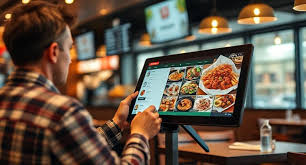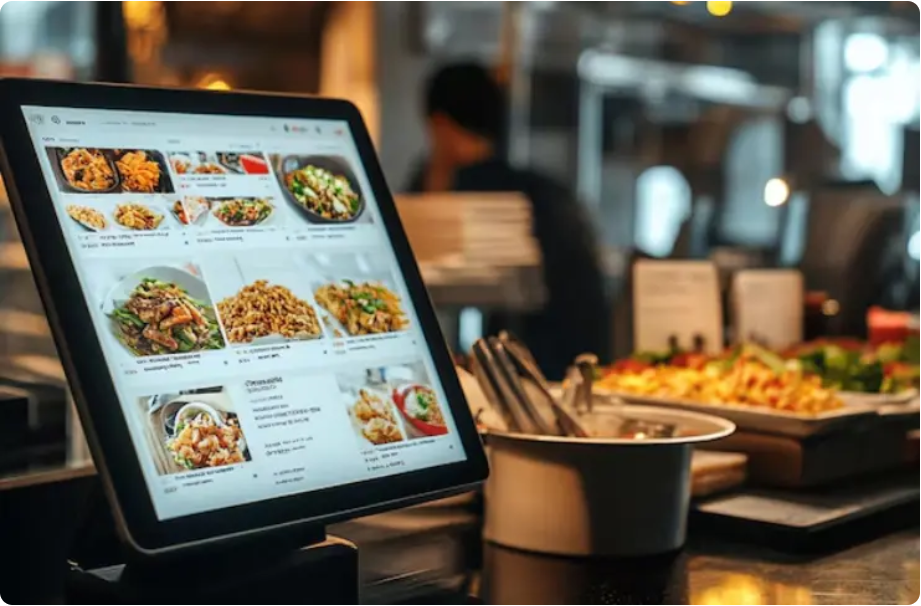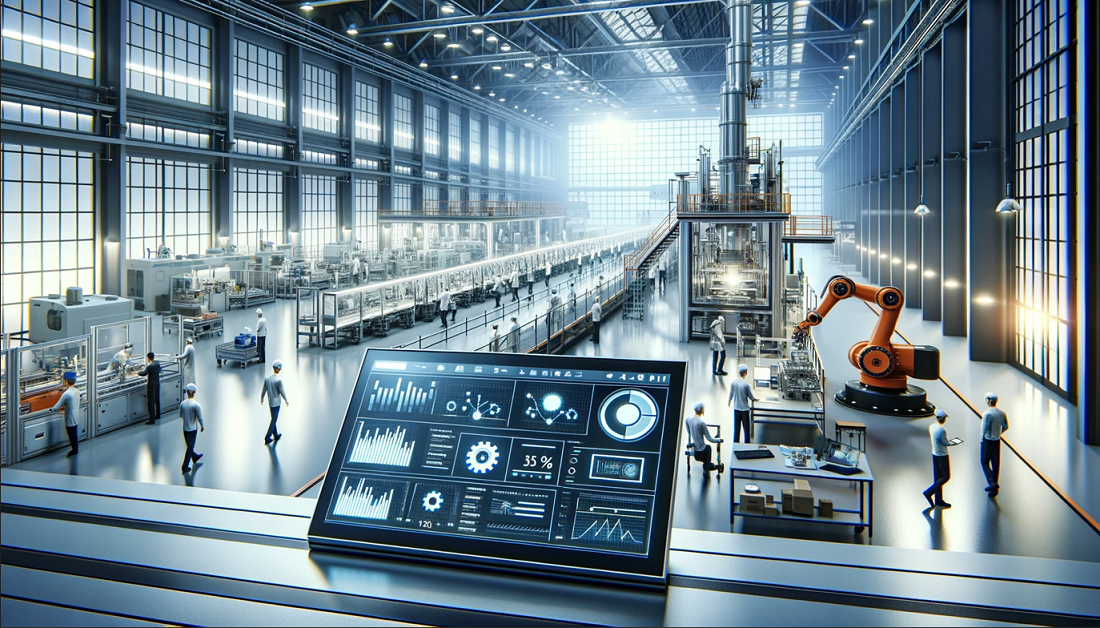In the rapidly evolving landscape of the restaurant industry, digital menus have emerged as a transformative technology, redefining how customers interact with dining establishments and how restaurateurs manage their operations. Replacing traditional paper menus with dynamic, interactive alternatives, digital menus—accessible via QR codes, tablets, or dedicated apps—are becoming a cornerstone of modern dining. This article explores the rise of digital menus, their benefits for both customers and restaurants, and their impact on the dining experience.
The Rise of Digital Menus
The adoption of digital menus has accelerated in recent years, driven by advancements in technology and changing consumer expectations. By scanning a QR code or using a tablet provided by the restaurant, diners can instantly access a menu that is vibrant, interactive, and customizable. Unlike static paper menus, digital versions allow restaurants to update offerings in real-time, ensuring accuracy and flexibility. This shift has been particularly significant in the post-pandemic era, where minimizing physical contact has become a priority. Chains like Starbucks and McDonald’s have embraced digital menu boards to streamline operations and enhance customer engagement.
Digital menus are more than just a digital replica of their paper predecessors. They incorporate multimedia elements such as high-quality images, videos, and even animations to showcase dishes in an appealing way. Additionally, they can provide detailed information, including nutritional facts, allergen warnings, and ingredient lists, catering to health-conscious diners and those with dietary restrictions.
Benefits for Customers
For diners, digital menus offer unparalleled convenience and flexibility. Customers can browse menus at their own pace, zooming in on images or reading detailed descriptions without feeling rushed. Multilingual options make digital menus accessible to a diverse clientele, breaking down language barriers in international or tourist-heavy locations. For example, a restaurant in a cosmopolitan city can offer its menu in English, Spanish, or Mandarin with a single tap, enhancing the experience for global travelers.
Another significant advantage is the ability to place orders directly from the digital interface. Many restaurants integrate their digital menus with ordering systems, allowing customers to customize their meals, select add-ons, and send orders straight to the kitchen. This not only speeds up service but also reduces errors in order-taking. Furthermore, the contactless nature of digital menus aligns with heightened hygiene concerns, as diners no longer need to handle shared paper menus, a practice that gained prominence during the COVID-19 pandemic.
Digital menus also enhance personalization. Advanced systems can suggest dishes based on a customer’s previous orders or preferences, creating a tailored dining experience. For instance, a regular customer at a café might see a digital menu highlight their favorite latte or recommend a new dessert based on their purchase history.

Benefits for Restaurants
For restaurant owners, digital menus offer operational efficiencies and data-driven insights that traditional menus cannot match. One of the most significant advantages is the ability to update menus in real-time. Whether adjusting prices due to fluctuating ingredient costs, introducing seasonal specials, or removing sold-out items, digital menus eliminate the need for costly and time-consuming reprints. This flexibility ensures that customers always see the most current offerings, enhancing satisfaction and reducing confusion.
Analytics from digital menu platforms provide restaurateurs with valuable insights into customer behavior. By tracking which items are viewed or ordered most frequently, restaurants can optimize their menus to highlight high-margin dishes or promote underperforming ones. For example, a restaurant might notice that a particular appetizer is rarely ordered and replace it with a more popular option, boosting overall sales. Chains like Starbucks leverage these analytics to display tailored promotions, such as offering breakfast items in the morning or highlighting iced drinks during warmer months.
Digital menus also streamline operations by integrating with other systems, such as inventory management and point-of-sale (POS) platforms. This connectivity allows restaurants to monitor stock levels in real-time and adjust menus accordingly, reducing waste and ensuring efficient use of ingredients. Additionally, digital menus can reduce labor costs by automating tasks like order-taking, allowing staff to focus on delivering exceptional service.

Challenges and Considerations
While digital menus offer numerous benefits, they are not without challenges. Some customers, particularly older generations, may find digital interfaces less intuitive than traditional menus and require assistance. Restaurants must ensure their staff are trained to help diners navigate these systems. Additionally, reliance on technology introduces risks, such as system outages or connectivity issues, which could disrupt service. To mitigate this, restaurants should have backup plans, such as printed menus or offline digital versions.
Another consideration is the initial investment required for digital menu systems, including hardware like tablets or software development for custom apps. However, the long-term savings from reduced printing costs and increased operational efficiency often outweigh these upfront expenses.
The Future of Digital Menus
As technology continues to advance, digital menus are poised to become even more sophisticated. Integration with artificial intelligence (AI) could enable menus to offer hyper-personalized recommendations based on real-time data, such as weather conditions or trending dishes. For example, a digital menu might suggest a warm soup on a chilly day or promote a refreshing cocktail during a heatwave. Augmented reality (AR) features could allow diners to visualize dishes in 3D before ordering, further enhancing the interactive experience.
Sustainability is another driving force behind the adoption of digital menus. By eliminating the need for paper menus, restaurants can reduce their environmental footprint, aligning with growing consumer demand for eco-friendly practices. This shift not only benefits the planet but also enhances a restaurant’s brand image.
Conclusion
Digital menus have revolutionized the restaurant industry, offering a dynamic, efficient, and customer-centric alternative to traditional paper menus. For diners, they provide convenience, personalization, and a safer dining experience. For restaurants, they enable real-time updates, data-driven decision-making, and operational efficiencies. As technology continues to evolve, digital menus will likely become an even more integral part of the dining experience, shaping the future of the industry. By embracing this trend, restaurants can stay competitive in a fast-paced market while meeting the demands of modern diners.





One Response
Interesting read! The push for transparent algorithms in online gaming, like with 789pet vip, is a smart move. Secure platforms & user experience are key – a solid ecosystem is vital for trust. 👍